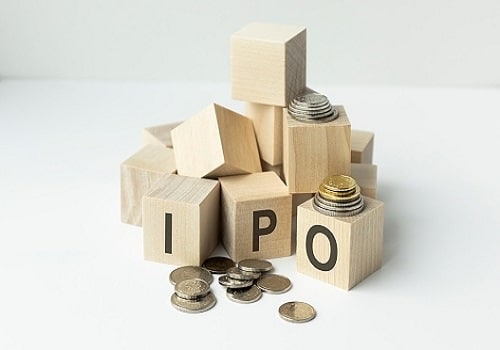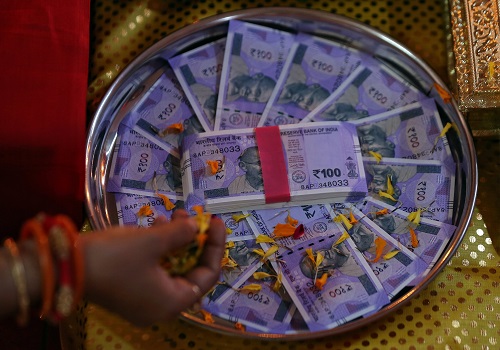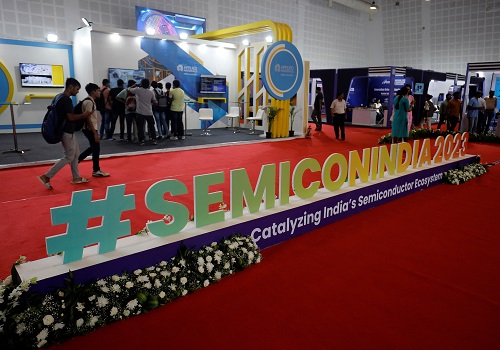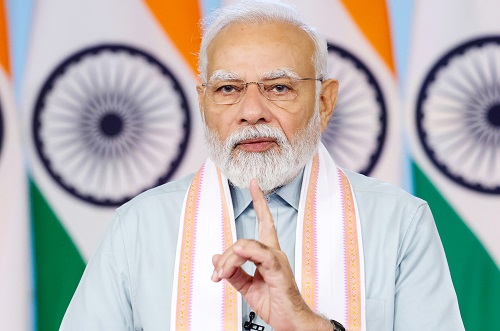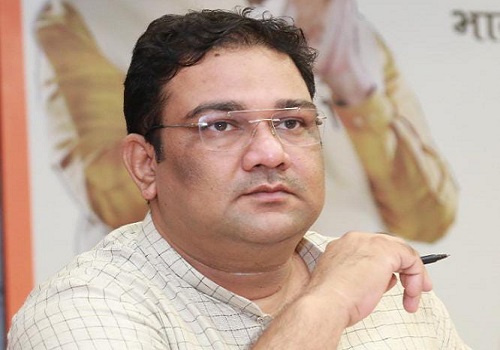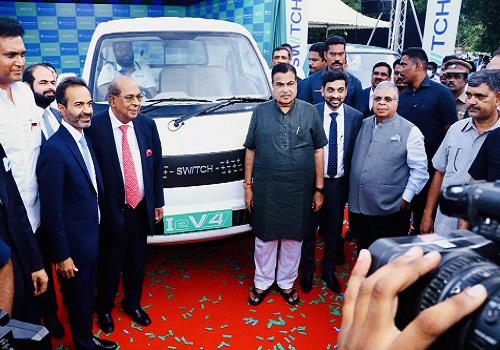Smart wearable devices revolutionise blood pressure control
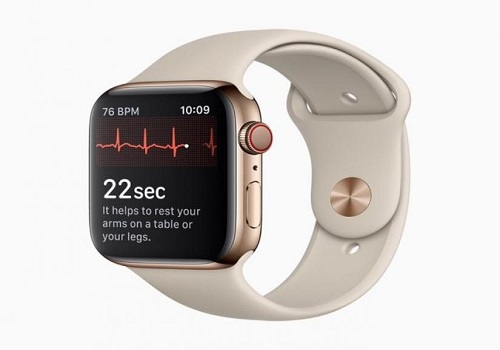
Technology is revolutionising blood pressure control, empowering individuals to monitor and manage their BP more effectively.
Smart wearable devices, such as smartwatches and fitness trackers, now include blood pressure monitoring features, providing real-time data and tracking trends over time.
According to health experts, these devices offer convenience and accessibility, promoting regular monitoring and early detection of any anomalies.
"Mobile applications and digital health platforms complement wearables by enabling users to record and analyse their BP readings, offering personalised insights and actionable recommendations. This integration fosters better self-awareness and encourages proactive lifestyle changes to improve overall cardiovascular health," Dr Mukesh Goel, Senior Consultant Cardiothoracic and Heart Surgery, Indraprastha Apollo Hospitals, New Delhi, told IANS.
Telemedicine and remote patient monitoring have also emerged as valuable tools in BP management.
Patients can consult healthcare professionals virtually, receive personalised guidance, and have their BP remotely monitored, enhancing care accessibility and convenience, especially for those in remote areas.
"With technology's continuous advancements, data-driven approaches and AI algorithms are being explored to predict and prevent blood pressure fluctuations and potential complications," said Goel.
These innovations promise a future where precision medicine and personalised interventions can optimise blood pressure control and promote better cardiovascular outcomes.
However, it's essential to strike a balance between technological reliance and professional medical advice to ensure safe and effective blood pressure management, advised health experts.
US engineers recently developed a simple, low-cost clip that uses a smartphone’s camera and flash to monitor blood pressure at the user’s fingertip.
The clip, developed by a team at the University of California San Diego, works with a custom smartphone app and currently costs about 80 cents to make. The researchers estimate that the cost could be as low as 10 cents apiece when manufactured at scale.
The technology, published in the journal Scientific Reports, can help make regular blood pressure monitoring easy, affordable, and accessible to people in resource-poor communities. It could benefit older adults and pregnant women, for example, in managing conditions such as hypertension.
"Because of their low cost, these clips could be handed out to anyone who needs them but cannot go to a clinic regularly," said Edward Wang, Professor of electrical and computer engineering at UC San Diego.
"A blood pressure monitoring clip could be given to you at your checkup, much like how you get a pack of floss and toothbrush at your dental visit," he added.
To measure blood pressure, the user simply presses on the clip with a fingertip. A custom smartphone app guides the user on how hard and long to press during the measurement.
The researchers tested the clip on 24 volunteers from the UC San Diego Medical Center. Results were comparable to those taken by a blood pressure cuff.
According to Dr (Maj Gen) Susheel Kumar Malani, HoD, Cardiology, DPU Private Super Specialty Hospital in Pimpri, Pune, the proper control of blood pressure requires regular self-monitoring by the patient and also by the treating doctor.
"There are various gadgets available for self-blood-pressure monitoring at home that are quite reliable. These are digital blood-pressure measuring instruments that use an oscillometric method to record your blood pressure," Dr Malani told IANS.
It is important for patients to understand that these real-time blood pressure records should be maintained in writing in order to show them to the doctor as and when required.
There are 24-hour ambulatory monitors available these days for patients whose blood pressure is not very well controlled despite good medication or keeps fluctuating irregularly at various times a day.
"Also, there are various AI-backed blood pressure-analysing instruments available that help the patient monitor blood pressure along with other key vitals. It can be done through wearable tech and applications that map the vitals," said Dr Malani.














